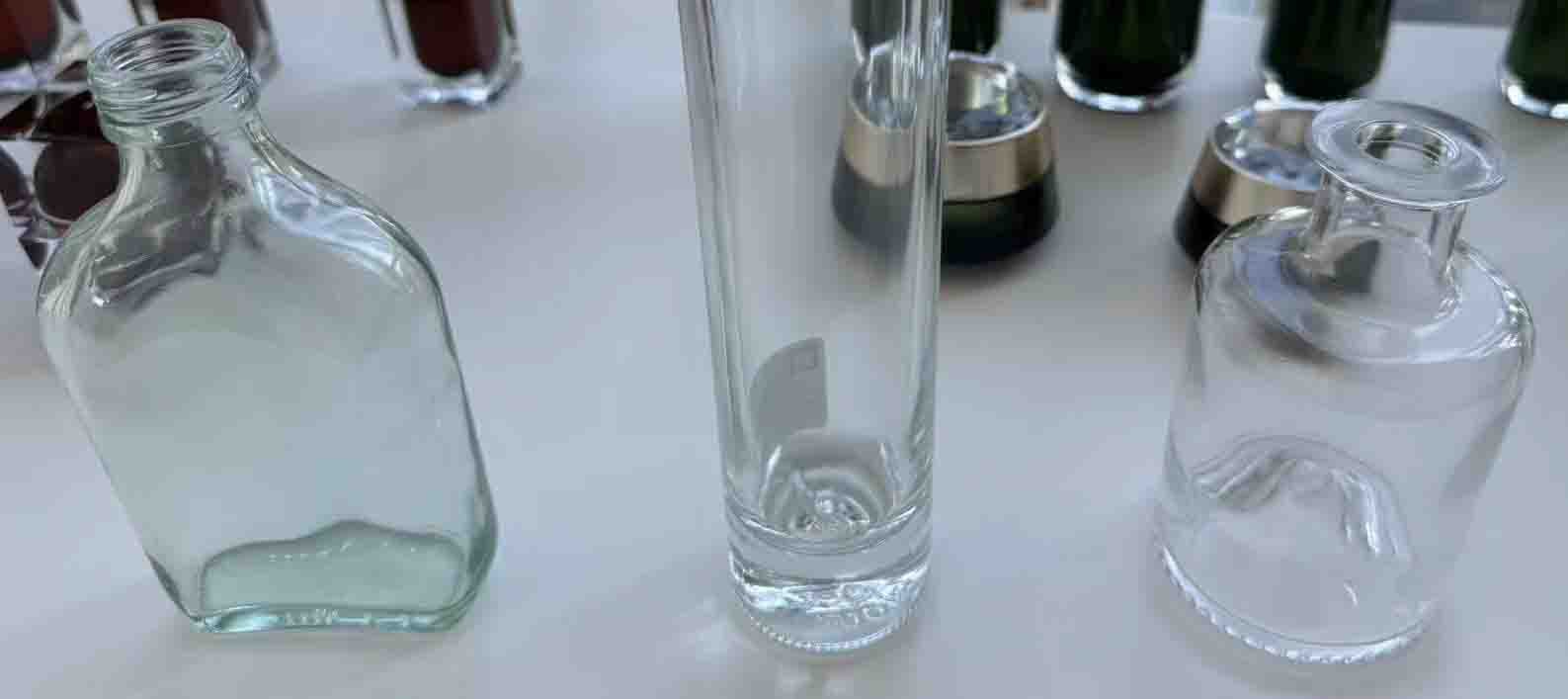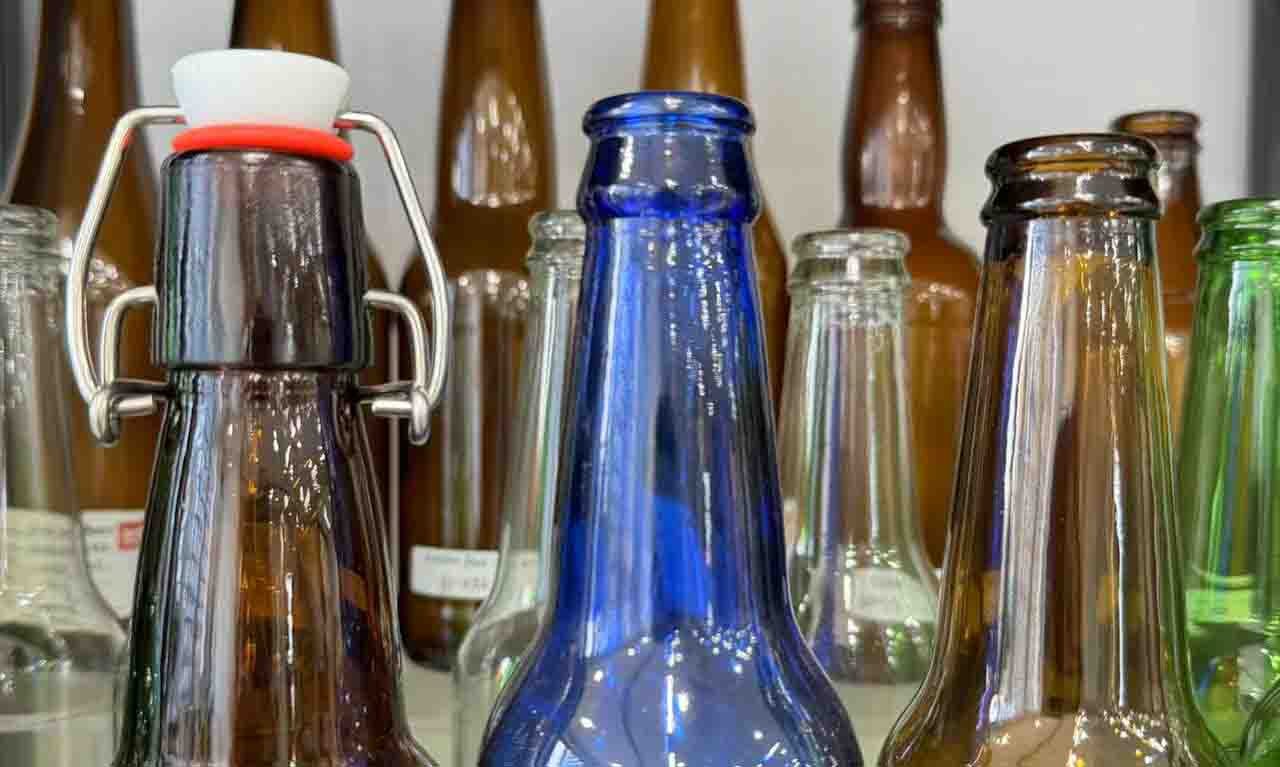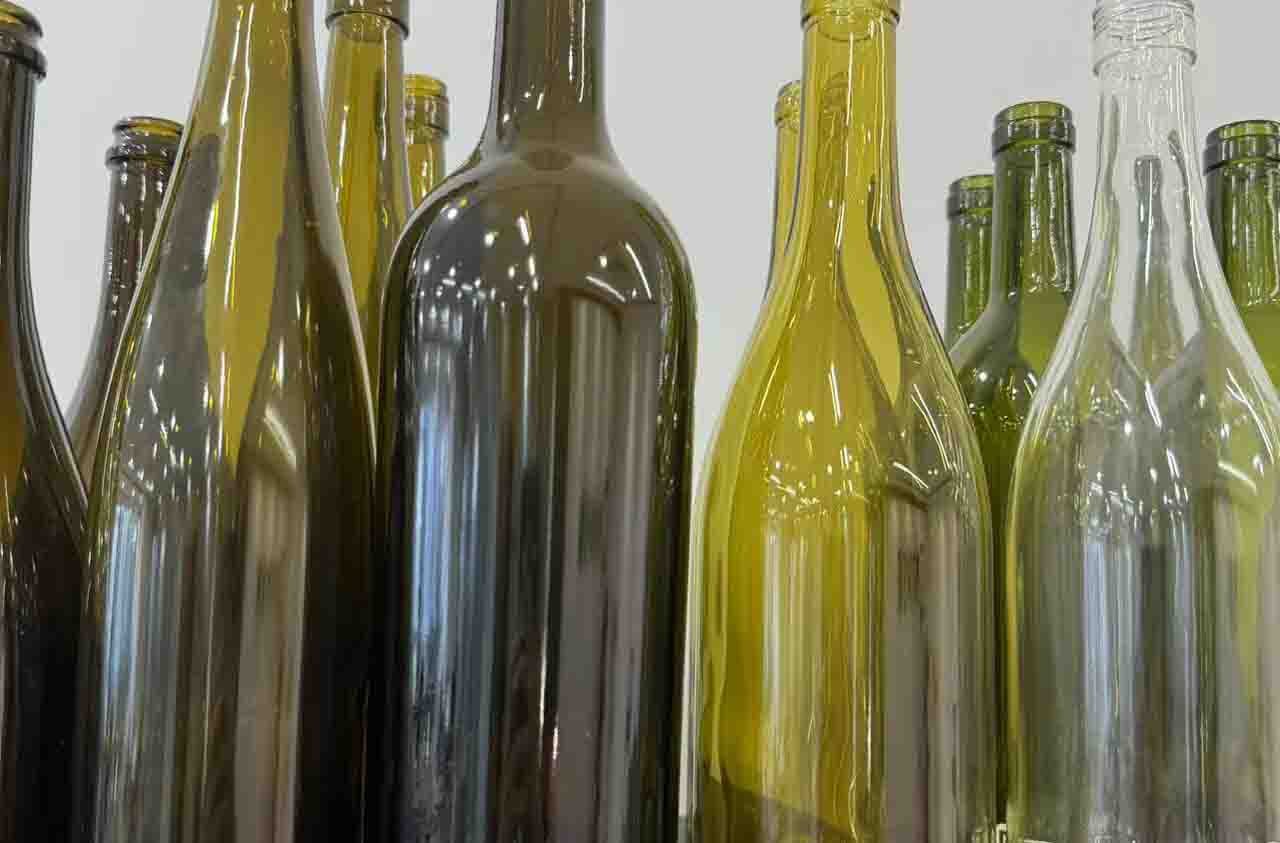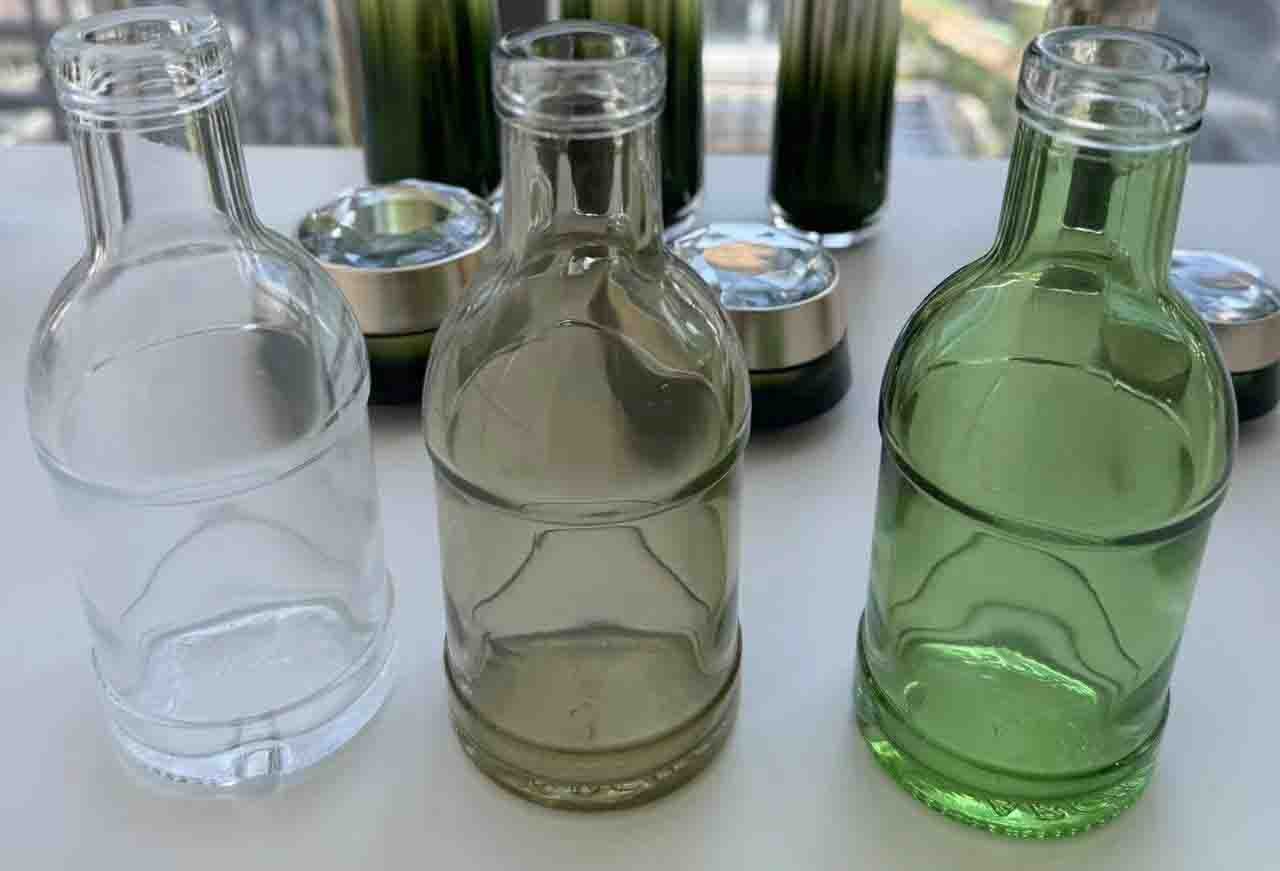Glass has long been a cornerstone in the packaging industry, offering both functional and aesthetic benefits. While glass color might seem like a simple choice, the various shades of glass have different implications, particularly in food and beverage packaging. Today, we’ll delve into the definitions, differences, and uses of various glass colors, focusing on their roles in packaging.
Glass colors play a crucial role in preserving the quality, taste, and appearance of food and beverages. Different glass types, such as flint glass (common flint, high flint, and super high flint), cobalt blue, amber, antique green, dead leaf green, and dark green glass, offer unique benefits for different products. Understanding these distinctions can help brands choose the right packaging to protect their goods and enhance their market appeal.

Common flint glass is a moderately transparent glass, often with a slight yellow or greenish tint due to impurities in the raw materials.
Use in Packaging: This glass is widely used for packaging a variety of food and beverage products. Its slight coloration is usually not a concern for items like sauces, pickles, and non-perishable goods. The main advantage of common flint glass is its cost-effectiveness, making it a popular choice for standard products.
High flint glass is known for its high transparency and minimal impurities, resulting in a clear and colorless appearance.
Use in Packaging: This type of glass is often selected for premium and high-end products where presentation is key. Products like premium spirits, juices, and high-quality preserves benefit from the pristine clarity of high flint glass, which ensures the contents are displayed without distortion.
Super flint glass is an exceptionally pure type of glass, offering outstanding transparency and whiteness with no visible color or impurities.
Use in Packaging: Reserved for the most luxurious packaging applications, super flint glass is perfect for products where absolute clarity is essential. High-end liquors, gourmet items, and premium cosmetics often use this glass to convey quality and sophistication.

Cobalt blue glass is known for its striking deep blue color, which is achieved by adding cobalt oxide during the glass manufacturing process. This color is not only visually appealing but also provides significant protection against UV light.
Use in Packaging: Cobalt blue glass is often chosen for its vibrant and eye-catching appearance, making it popular in the packaging of specialty products. It is commonly used for:
Amber glass is characterized by its warm, brownish-orange color, which is created by adding iron, sulfur, and carbon to the glass during production. This glass color is highly effective at blocking harmful ultraviolet (UV) light, protecting the contents from degradation.
Use in Packaging: Amber glass is widely used in industries where light-sensitive products are packaged. Its natural UV protection makes it ideal for:

Antique green glass is characterized by its distinctive green hue, reminiscent of vintage glass bottles.
Use in Packaging: This glass color is frequently used for products that require protection from light, such as:
Dead leaf green glass has a unique shade of green, resembling dried leaves, achieved through specific pigments during manufacturing.
Use in Packaging: While not primarily used for light protection, dead leaf green glass adds a distinctive aesthetic to packaging. It’s often chosen by producers of niche or premium products like herbal liqueurs or botanical-infused gins. This color helps convey a sense of sophistication and aligns with specific branding strategies.
In everyday life, we can encounter a wide variety of glass packaging containers in different colors beyond those mentioned above. These additional colors are often the result of post-production processes, such as color spraying or coating. After the glass container is formed, manufacturers may apply these techniques to achieve specific colors or finishes that are not possible through traditional glass-making methods alone.

Sprayed Glass: Spraying allows for a limitless range of colors, finishes, and effects, enabling brands to create highly customized packaging. This technique is especially popular in the cosmetics and luxury spirits industries, where unique packaging can significantly enhance brand identity.
Coated Glass: Similar to spraying, coating involves applying a layer of color or a special finish to the glass surface. This can include matte finishes, glossy sheens, or even metallic effects. Coated glass containers are often used for high-end products where appearance plays a crucial role in consumer appeal.
These techniques expand the possibilities for glass packaging, allowing brands to differentiate their products and create a memorable impression on consumers.
Choosing the right glass color is more than just an aesthetic decision; it’s about protecting the quality of the product and enhancing its appeal. From the cost-effective common flint to the vibrant cobalt blue and the luxurious super flint, each glass type serves a specific purpose. Amber glass, with its natural UV protection, is essential for preserving light-sensitive products. Post-production techniques like spraying and coating further broaden the range of possibilities, enabling brands to create truly unique packaging solutions.
If you have more questions about glass colors or need further consultation, please contact Berlin Packaging.

[…] such as adding embossing, or design your own exclusive shape. 3. You have the freedom to choose the exact specifications of the bottle (weight, color, finish, etc.) and packaging layout (type of pallet, height, etc.). Making your […]